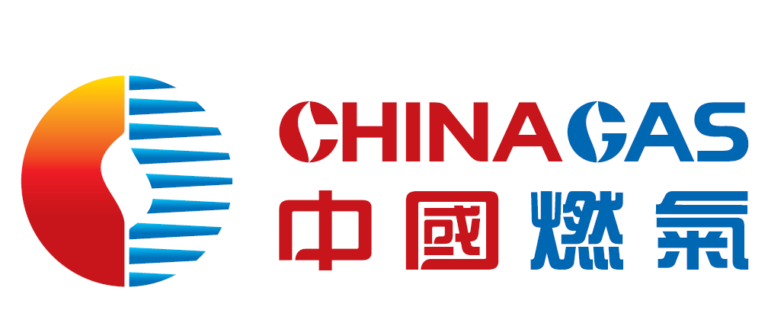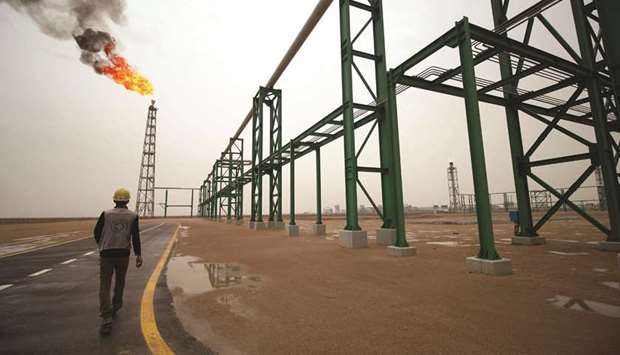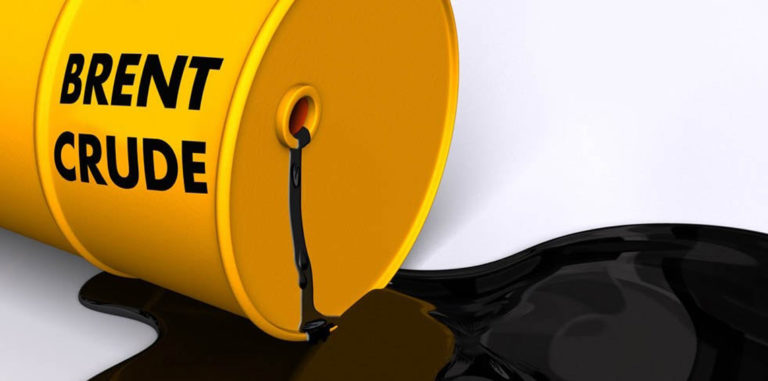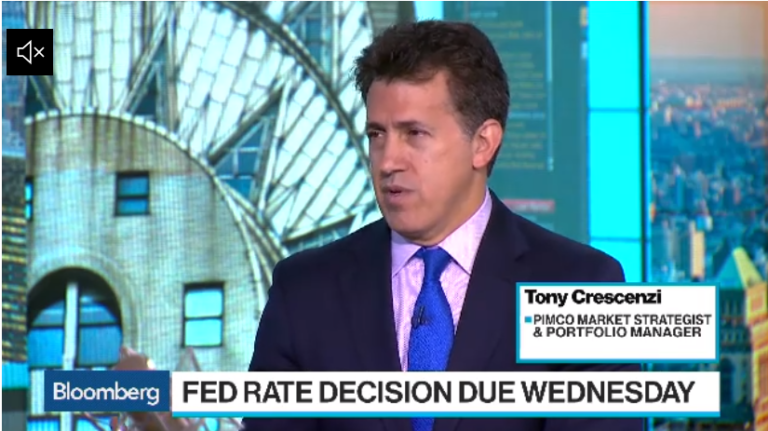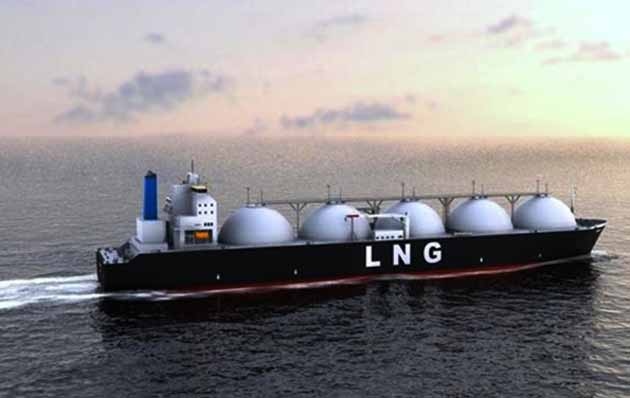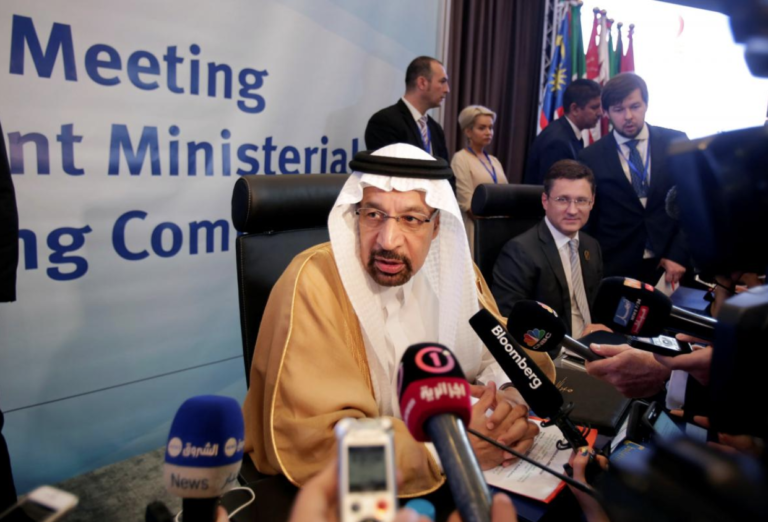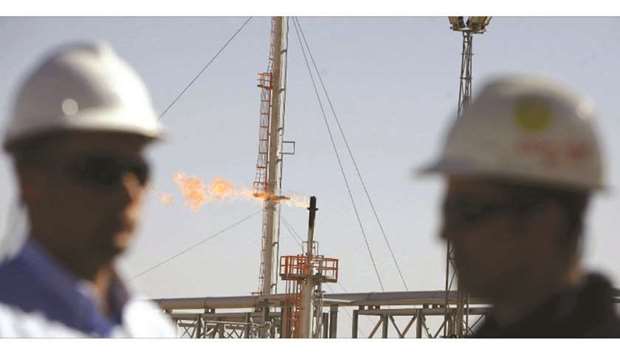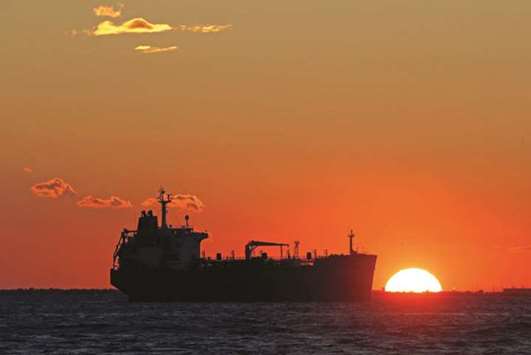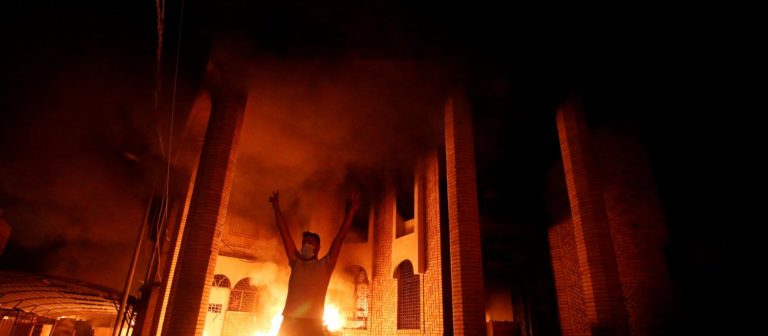China says U.S. putting ‘knife to its neck’, hard to proceed on trade

EIJING (Reuters) – A senior Chinese official said on Tuesday it is difficult to proceed with trade talks with the United States while Washington is putting “a knife to China’s neck”, a day after both sides heaped fresh tariffs on each other’s goods.
When the talks can restart would depend on the “will” of the United States, Vice Commerce Minister Wang Shouwen said at a news conference in Beijing.
U.S. tariffs on $200 billion worth of Chinese goods and retaliatory taxes by Beijing on $60 billion worth of U.S. products including liquefied natural gas (LNG) kicked in on Monday, unnerving global financial markets.
“Now that the United States has adopted such a huge trade restriction measure … how can the negotiations proceed? It’s not an equal negotiation,” Wang said, stressing the United States has abandoned its mutual understanding with China.
The Chinese government’s top diplomat also told business people at a meeting in New York that talks could not take place against the backdrop of “threats and pressure”, the Foreign Ministry said.
Certain forces in the United States have been making groundless criticisms against China about trade and security issues, which has poisoned the atmosphere for Sino-U.S. ties and is highly irresponsible, State Councillor Wang Yi was quoted as saying, without naming anyone.
“If this continues, it will destroy in an instant the gains of the last four decades of China-U.S. relations,” Wang told members of the U.S.-China Business Council and National Committee on United States-China Relations.
U.S. representatives there included Blackstone Group LP (BX.N) co-founder and Chief Executive Stephen Schwarzman and Mastercard Inc (MA.N) Chief Executive Ajay Banga, the National Committee on United States-China Relations said on its website.
China also accused the United States of engaging in “trade bullyism”, and said Washington was intimidating other countries to submit to its will, according to a white paper on the dispute published by China’s State Council, or cabinet, on Monday.
Several rounds of Sino-U.S. talks in recent months have appeared to produce no breakthroughs, and fresh mid-level negotiations which had been expected in coming weeks have been shelved after Beijing reportedly decided late last week not to send a delegation to Washington.
While Vice Commerce Minister Wang said he still hopes “there is a way out” if both sides treat each other with sincerity, analysts say neither side looks to be in the mood to compromise in the increasingly bitter dispute, raising the risk of a lengthy battle that could chill the global economy by discouraging business investment and disrupting trade.
“The sharp criticism (from Beijing on Monday) suggests that China might prefer to wait out the current U.S. administration, rather than embarking on potentially futile negotiations,” Mizuho Bank said in a note to clients.
“Given these developments, it is increasingly likely that both sides will not resume negotiations for some time, at least until there is a noticeable shift in the political mood on either side.”
DISRUPTING GLOBAL SUPPLY CHAINS
U.S. exporters including LNG suppliers would “certainly” be hurt, but Beijing’s retaliation would provide opportunities to other LNG-exporting countries, Vice Commerce Minister Wang said, adding that Australia is an important source of the fuel for China.
“China is a big and powerful nation, so whether it is a confrontation with China economically or militarily, it would come at a huge price,” the state-backed Global Times said in an editorial on Tuesday.
“As such, it is an attractive prospect for other countries including the United States to coexist with China peacefully,” said the newspaper, which is published by the ruling Communist Party’s People’s Daily.
China does not know why the United States changed its mind after reaching an agreement with China on trade earlier, Wang said. He was apparently referring to talks in May, when it appeared that the two sides had sorted out a framework before the White House backed away.
Luo Wen, a vice minister at the Ministry of Industry and Information, told a news conference that the government is aware that some foreign companies are considering relocating out of China as the trade row threatens to heighten their risks and costs.
U.S. representatives there included Blackstone Group LP (BX.N) co-founder and Chief Executive Stephen Schwarzman and Mastercard Inc (MA.N) Chief Executive Ajay Banga, the National Committee on United States-China Relations said on its website.
China also accused the United States of engaging in “trade bullyism”, and said Washington was intimidating other countries to submit to its will, according to a white paper on the dispute published by China’s State Council, or cabinet, on Monday.
Several rounds of Sino-U.S. talks in recent months have appeared to produce no breakthroughs, and fresh mid-level negotiations which had been expected in coming weeks have been shelved after Beijing reportedly decided late last week not to send a delegation to Washington.
While Vice Commerce Minister Wang said he still hopes “there is a way out” if both sides treat each other with sincerity, analysts say neither side looks to be in the mood to compromise in the increasingly bitter dispute, raising the risk of a lengthy battle that could chill the global economy by discouraging business investment and disrupting trade.
“The sharp criticism (from Beijing on Monday) suggests that China might prefer to wait out the current U.S. administration, rather than embarking on potentially futile negotiations,” Mizuho Bank said in a note to clients.
“Given these developments, it is increasingly likely that both sides will not resume negotiations for some time, at least until there is a noticeable shift in the political mood on either side.”
DISRUPTING GLOBAL SUPPLY CHAINS
U.S. exporters including LNG suppliers would “certainly” be hurt, but Beijing’s retaliation would provide opportunities to other LNG-exporting countries, Vice Commerce Minister Wang said, adding that Australia is an important source of the fuel for China.
“China is a big and powerful nation, so whether it is a confrontation with China economically or militarily, it would come at a huge price,” the state-backed Global Times said in an editorial on Tuesday.
“As such, it is an attractive prospect for other countries including the United States to coexist with China peacefully,” said the newspaper, which is published by the ruling Communist Party’s People’s Daily.
China does not know why the United States changed its mind after reaching an agreement with China on trade earlier, Wang said. He was apparently referring to talks in May, when it appeared that the two sides had sorted out a framework before the White House backed away.
Luo Wen, a vice minister at the Ministry of Industry and Information, told a news conference that the government is aware that some foreign companies are considering relocating out of China as the trade row threatens to heighten their risks and costs.
